What is Roof Decking? Everything Homeowners Need to Know
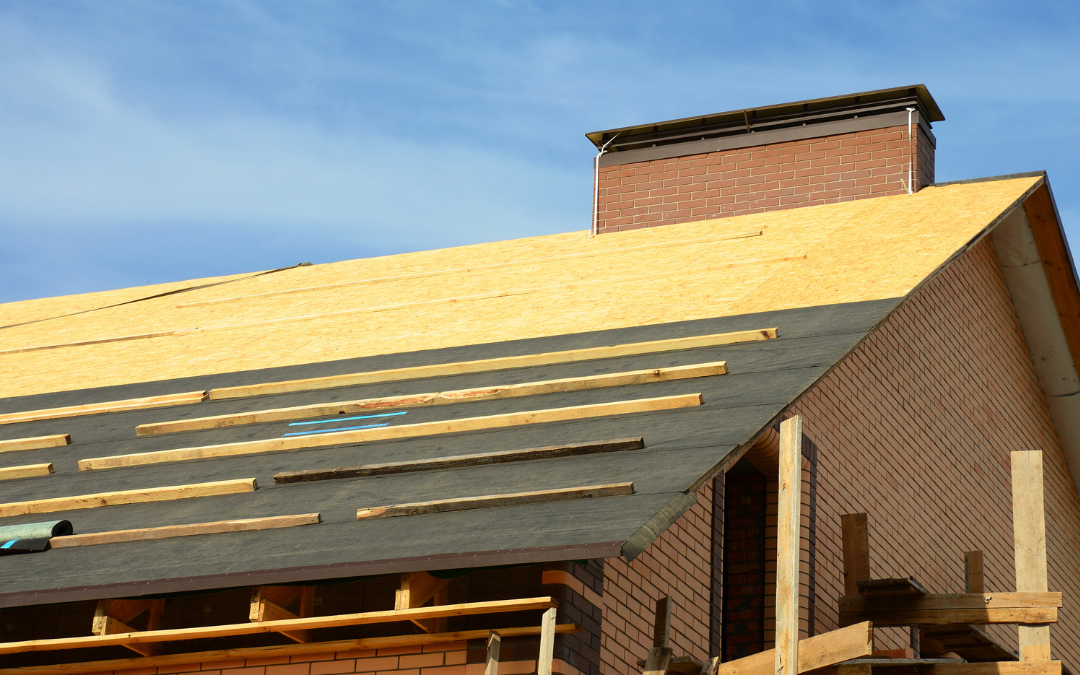
Do You Know What’s Keeping Your Roof Strong? (The Hidden Layer)
Hey there! Have you ever looked up at your roof and wondered what really keeps it all together? You probably notice the shingles or tiles on top, or maybe the gutters that catch the rain. But I’m here to tell you there’s a critical layer underneath those shingles that does most of the heavy lifting.
It’s called roof decking (or roof sheathing), and it’s essentially the solid base that supports everything above it. It’s what keeps your roof strong, stable, and able to handle whatever weather comes our way. Without it, your roof just wouldn’t be able to protect your home the way it should.
In this quick guide, we’re going to explain roof decking in a simple way. We’ll go over what it is, why it matters, what signs to watch for if there’s a problem, and a few pro tips to help you take care of it. Whether you’re thinking about replacing your roof or just want to understand your home better, this will give you a clear picture of what’s truly holding everything up.
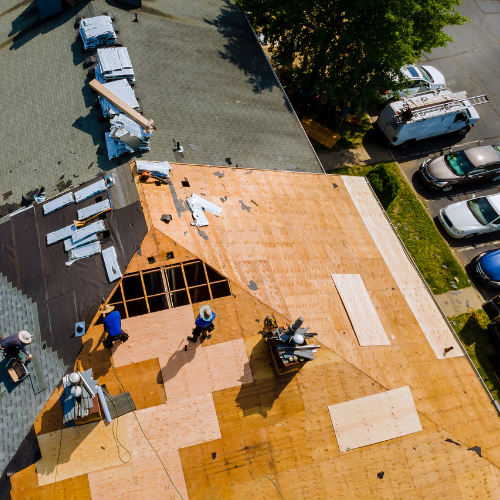
What Exactly Is Roof Decking?
Roof decking is the flat, solid wood surface that sits directly on top of your roof’s frame (the trusses or rafters). Think of it like the floor of your roof.
It’s the essential base that supports all the layers above it, like the underlayment, drip edge, and shingles. Without it, the rest of your roof wouldn’t have anything solid to nail into.
It’s almost always made of wood, and it’s what gives your entire roof its shape and necessary structural strength. So even though you can’t see it, trust me, it’s doing a lot of important work to keep your home protected from rain, wind, and heat.
Why Roof Decking is a Big Deal
Your roof decking might not be something you think about often, but it plays a massive part in keeping your home safe.
- Strength: It gives your roof the rigidity it needs to stand up to heavy winds and snow loads.
- Support: It holds the weight of your entire shingle system.
- Defense: It’s the last line of defense against water getting into your attic.
When it’s in good shape, your roof can handle whatever the weather brings. But if the decking starts to weaken or rot, that’s when you’ll start to notice problems like leaks, noticeable sagging, or even mold in your attic. That’s why keeping it dry and healthy is so important.
Common Types of Roof Decking
Not all roof decking looks the same. Here are the most common types we see in homes:
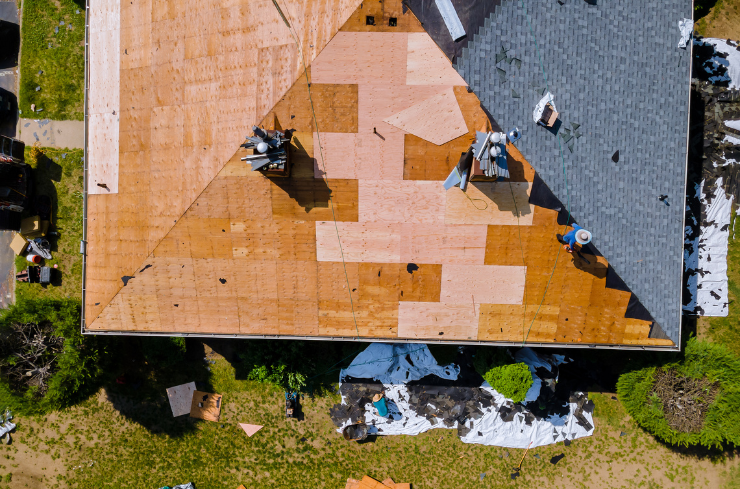
1. Plywood Decking
This is one of the most popular materials used today. It’s strong, reliable, and holds up nicely in most weather. We know it can handle nails well.
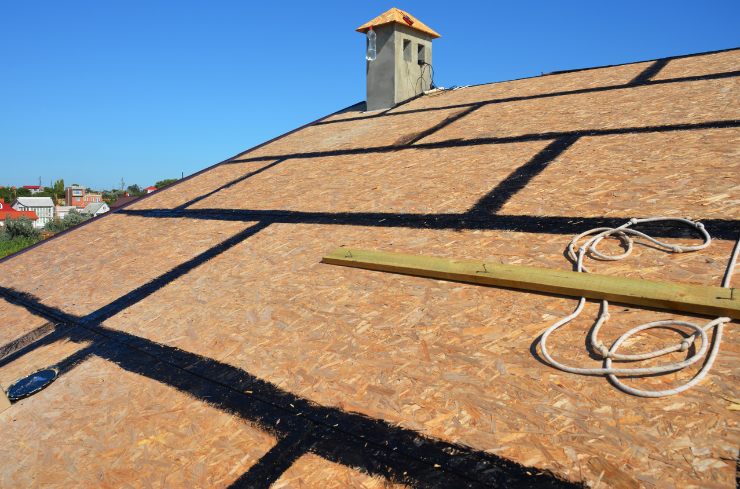
2. OSB (Oriented Strand Board)
OSB is made from layers of wood chips and glue pressed together. It’s typically more affordable than plywood but you need to be careful. If it gets wet for too long, it can swell up and soften a lot faster than plywood.
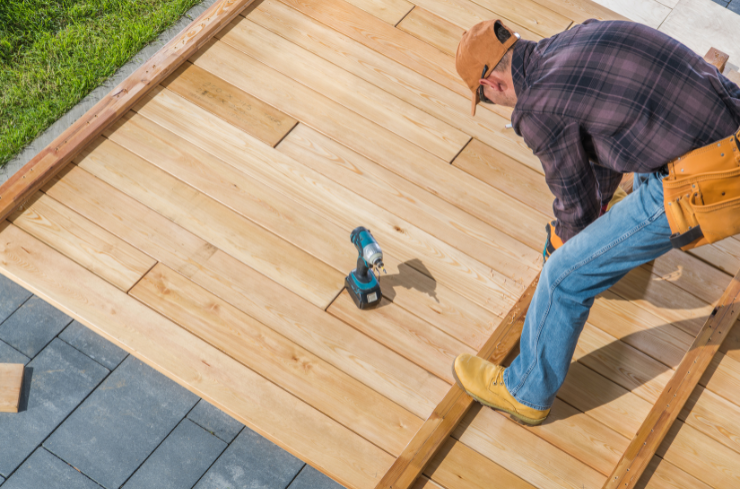
3. Plank Decking
Older homes often have plank decking, which is made of long wooden boards laid side by side with gaps between them. It’s historically sturdy but can warp or separate over time, especially after years of moisture exposure.
The one rule for any type of decking? Prevent water from ever getting to it.
What Causes Decking Damage?
There are a few main reasons why roof decking fails. In almost every case, water is the culprit.
- Leaks: Even tiny leaks through old shingles can let water soak into the wood slowly over time.
- Poor Ventilation: If your attic traps heat and humidity, it creates moisture build-up—the perfect recipe for wood decay and mold.
- Old Roofing Materials: Worn-out, brittle shingles can let water through to the decking in places you can’t see.
- Age: Like anything else, decking gets weaker as it gets older and has been exposed to the elements.
How to Keep Your Decking Healthy
The good news is that with a little care, you can keep your roof decking in good shape for years. Here are a few simple tips we always give our clients:
- Check your attic often. Look for signs of leaks, moisture, or any hint of mold or darkness.
- Clean your gutters. Clogged gutters can push water back under your roof eaves and soak the decking edge.
- Trim nearby trees. Overhanging branches can scratch shingles and cause damage during storms.
- Don’t ignore leaks. Fixing a small leak now will prevent a much, much bigger repair later.
A little attention can go a long way in keeping your roof strong and reliable.
When Does Decking Need Replacement?
You don’t always need to replace your decking when you get a new roof, but sometimes it’s absolutely necessary.
During a roof replacement, your roofer will perform a crucial “decking check” once the old shingles are removed. If they find areas that are soft, moldy, or rotten, those sections will have to be replaced. It’s a no-brainer to fix the problem while the roof is already open than to deal with leaks later.
Replacing damaged decking is like giving your roof a fresh start. It’s the only way to ensure that everything above it stays strong and well supported.
Ready to Check Your Roof?
Roof decking might not be something you think about often, but it’s the honest-to-goodness foundation of your roof. When it’s cared for properly, it’ll make your roof last longer and prevent costly repairs in the future.
If you’re starting to wonder about the condition of your roof or just want to be sure everything’s in good shape, Twin Peaks Roofing & Construction is here for you. Give our team a call, and we’ll take a look to make sure your roof is strong, reliable, and ready to keep your home safe and comfortable.
